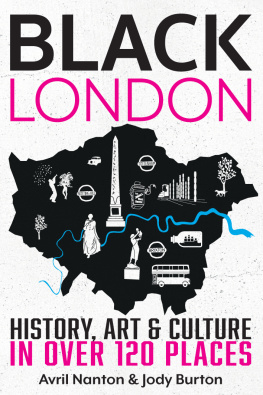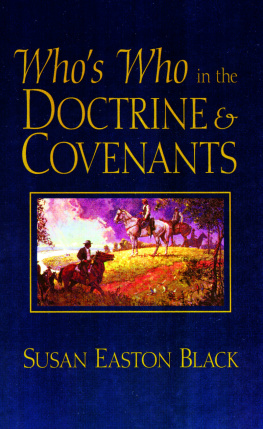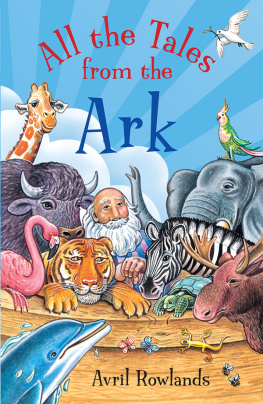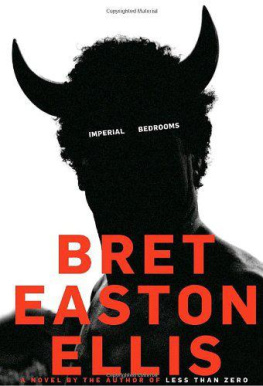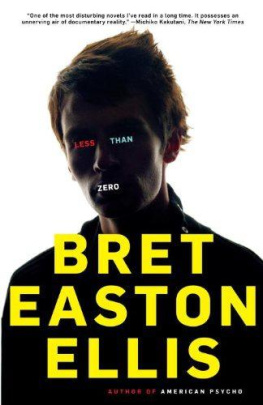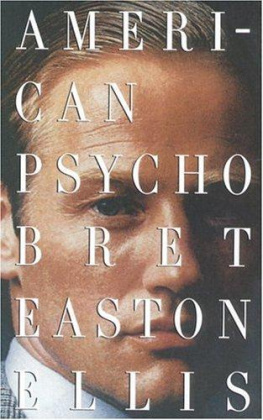A W ar T ime C hildhood A nd T his i s t he W ay I S aw I t
Avril Easton
Austin Macauley Publishers
2020-01-08
A War Time Childhood And This is the Way I Saw It
About the Author
Avril is in her eighties, and has enjoyed reading books all of her life. She believes that those of us who enjoy reading books should write one, and this is hers.
Dedication
This book is dedicated to my brother, John Walker, growing up in the war years would not have been the same without him.
Copyright Avril Easton (2021)
The right of Avril Easton to be identified as author of this work has been asserted by the author in accordance with section 77 and 78 of the Copyright, Designs and Patents Act 1988.
All rights reserved. No part of this publication may be reproduced, stored in a retrieval system, or transmitted in any form or by any means, electronic, mechanical, photocopying, recording, or otherwise, without the prior permission of the publishers.
Any person who commits any unauthorized act in relation to this publication may be liable to criminal prosecution and civil claims for damages.
All of the events in this memoir are true to the best of the authors memory. The views expressed in this memoir are solely those of the author.
A CIP catalogue record for this title is available from the British Library.
ISBN 9781398424302 (Paperback)
ISBN 9781398424319 (Hardback)
ISBN 9781398424326 (ePub e-book)
www.austinmacauley.com
First Published (2021)
Austin Macauley Publishers Ltd
25 Canada Square
Canary Wharf
London
E14 5LQ
Chapter 1
As a child growing up during the Second World War, family members over the generations have often asked me about my memories of that time. This is how I remember it.
The war started in 1939 while I was in my first year at the Primary School and ended in 1945, during my first year at the Grammar School. I have fewer, fainter memories of my childhood before the war, than during and after the war and they seemed to be very happy years. I was born on 14th November 1933, 1 year and 11 days after my brother, John, was born on 3rd November 1932. We were both born at Oak Lodge, a wooden bungalow in the middle of a row of assorted detached bungalows, surrounded by woods, forests and fields, most of which belonged to Hardens farm situated further along the main Ashford to Hastings road in the Parish of Orlestone. The market town of Ashford was four and a half miles to the north and the nearest village, Hamstreet, was two miles to the south. There was a small general store with a Post Office and a telephone box about a mile towards Ashford. Hamstreet was our main shopping centre, with a grocer, a butcher, a baker, a green grocer, a shoe mender, an iron monger, the doctors surgery, the main post office and Tippens Garage.
The Dukes Head Public House was in the centre of the village, and on the outskirts was the railway station, next to the Church Hall and opposite the village school.
Our bungalow stood near the road in four and a half acres of land, about one third woodland, and one third rough grassland with the occasional large oak tree. Before the war, this was where most of the animals were kept. We had about two to three hundred chickens in houses and pens, ducks in a pen with a pond, a few goats in a shed; these were chained to trees in daytime, and rabbits in rows of double decker hutches; some outside and some inside another shed. On the rest of the land were huge vegetable gardens edged with fruit trees and lawns surrounded with many flower beds. Near the house were even more sheds for various uses. The Iron Shed, a round tent like, World War 1 army hut, made of corrugated iron and painted black, was where, in the winter, trees were sawn into logs and stored to keep dry. Potatoes were also stored there in a bunker made of old railway sleepers, sacks and straw. An assortment of garden tools were also kept there, some quite dangerous, and a large wooden wheelbarrow my father had built. One morning my father went into the Iron Shed to get this wheelbarrow and as he opened the iron sheds door, the blackened shape of the wheelbarrow collapsed into a pile of ashes, leaving the wheel intact. He was always lighting bonfires and a spark must have landed in the wheelbarrow and gradually turned the wood into charcoal overnight. Nothing else in the shed was damaged. He rebuilt the wheelbarrow using the original wheel and it lasted for the rest of his life. Nearer to the house was The Wash-house, with a built-in copper which had its own fire box and chimney. The large steel bowl in the centre was filled with rain water from the water butts and heated with sticks from the wood; this was the only way to heat enough water for washing clothes or to fill the tin bath. The tin bath was kept in the wash house as well as the iron mangle with wooden rollers and an assortment of bowls and buckets. There was a garage with adjoining workshops containing more tools, a spacious wood store and a big coal bunker.
Before the war, my father was an Insurance Agent and would go off to work most days on his bicycle. He covered quite a large area and would visit my maternal Grandmother in Folkestone, about twenty miles away, for dinner once a week. We had a dog called Rags, a black, brown and white curly coated mongrel with a split nose, due to having gotten too close to the scythe my father was using. I remember my father picking him up and throwing him, for fun, and he would come back, leap into my fathers arms to be thrown again. We had a tabby Manx tailless cat, called Kitty Wee, who was always having kittens. As soon as the kittens were born, our mother would select one (with a tail), for the cat to keep and put the rest in a bucket of water, then push down another bucket on top, to drown them.
Each week our mother killed some of the chickens, by ringing their necks, then plucking and preparing them for sale at Ashford market. Rags would devotedly guard these dead chickens, but I cannot remember him guarding them when they were alive. In later years my mother told me that my father did not like killing the animals, so, if she could not kill them, he would no longer keep them. I would help my mother collect the eggs from the nesting boxes at the back of the chicken houses; these were wiped clean with a damp cloth and placed in cardboard egg trays which were packed into large yellow wooden crates, which were picked up once a week by the Egg man in his large van.
When my father was at home, he was always busy. He would be working in the garden, looking after the animals, building sheds, moving chicken runs, chopping down trees, sawing logs, or in the greenhouse growing plants. My father never did any housework. My mother was always at home, looking after us, cooking and doing the housework. She also looked after the animals while my father was at work and helped in the garden. Although my parents had very little spare time, we went for cycle rides around the countryside, me sitting in a seat on the back of my mothers bicycle and my brother sitting on a little seat on the crossbar of my fathers bicycle. On one occasion, we visited the Hill family who lived on Hamstreet Hill. Just before the war, they moved to a house on Sugarloaf Crossroads where Mr Hill looked after the horses for Hardens Farm and the daughter, Doris, became a friend of mine. This must have happened before Valerie and Lesley were born.







